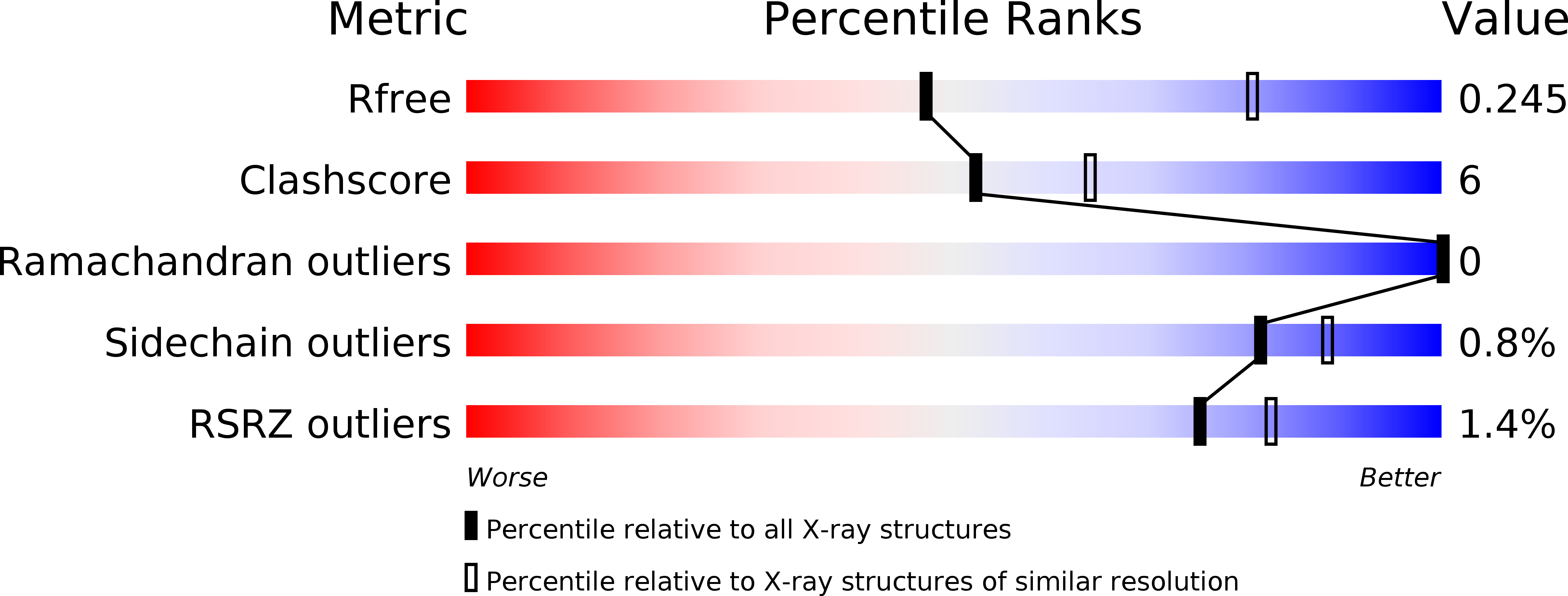
Deposition Date
2019-12-04
Release Date
2020-07-15
Last Version Date
2023-10-11
Method Details:
Experimental Method:
Resolution:
2.76 Å
R-Value Free:
0.24
R-Value Work:
0.22
R-Value Observed:
0.22
Space Group:
P 1 21 1


